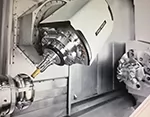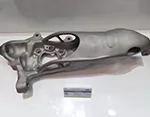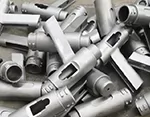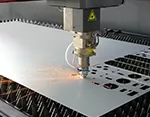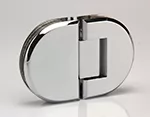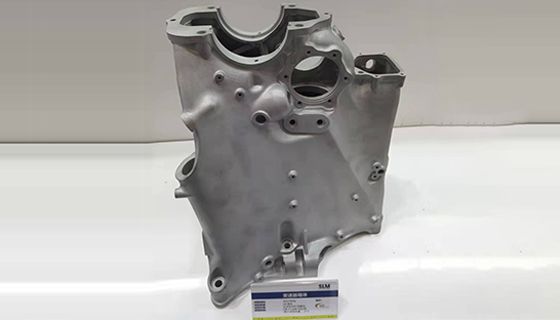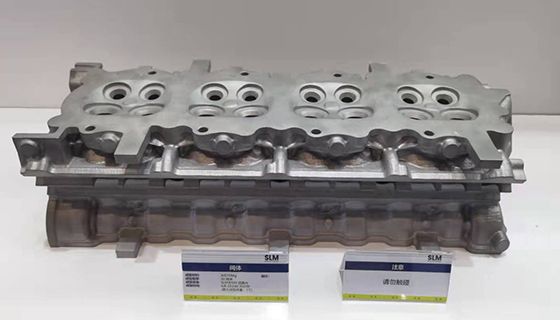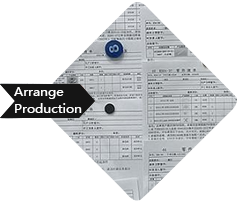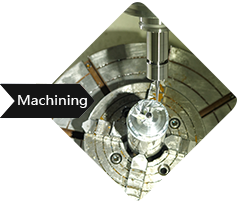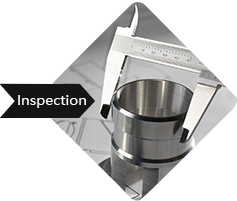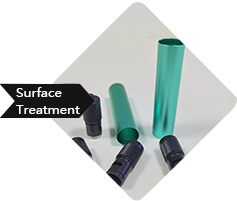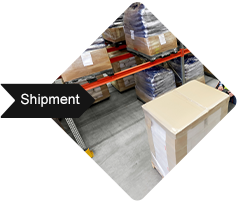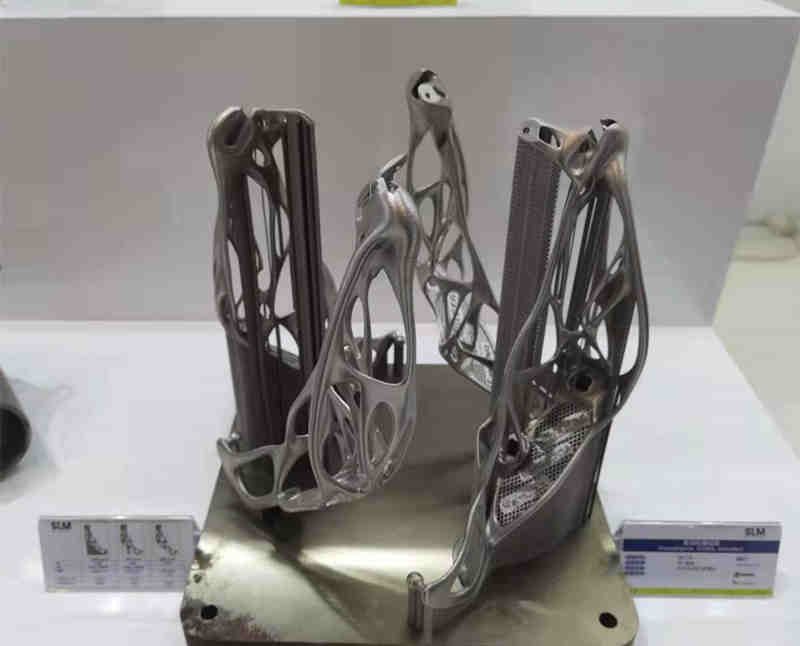-
Service
+
- CNC Precision Machining Service +
- Multi-Axis Simultaneous Machining Service +
- CNC Turning Service +
- Metal 3D Printing Service +
- Rapid Prototyping Service +
- Die Casting Service +
- Sheet Metal Fabrication Service +
-
Finish Serivces
+
- Polishing
- Grinding
- Brushed Finish
- Sand blasting
- Painting
- Powder Painting
- Anodizing
- Hard anodizing Service
- Passivation
- Zinc Plating
- Nickel Plating
- Chrome Plating
- Blackening
- Black Zinc Plating
- Teflon Coating
- Titanium Coating
- DLC Coating
- Laser Marking
- Silk Screen Printing
- Transfer Printing
- Micro Arc Oxidation
- Industries +
- About Us +
- Resource +
- Contact Us
- Quote

-
Service
-
>
-
>
-
>
-
>
-
>
-
>
-
>
-
>
-
- Industries
- About Us
- Resource
- Contact Us
Aluminium (AlSi₁₀Mg) is widely used in metal 3D printing, due to its strength, low-weight and good thermal properties. Unlike traditional shinny milled aluminium, 3D printed aluminium has matte gray, slight rough and less defined surface. The aluminium alloy 3D printing service is popular in the metal 3D printing service of Kesu Group. The main materials are AlSi12 and AlSi10Mg.
KESU’S Machines
SLM280

Inspection Equipment
| Equipment | Quantity | Brand |
| CMM | 2 | LEAD |
| 2.5D | 3 | |
| XRF Spectrometer | 1 | HITACHI |
| Altimeter | 1 | |
| Calliper | 20 | |
| Micrometer | 10 |
Available Materials
AlSi12, AlSi10Mg
Regular Production Standard of Tolerance
0.02~0.05mm
The feature of aluminum alloy SLM: high machineability and ductility, good strength-to-weight ratio. Aluminum is a metal with good strength-to-weight ratio, high thermal conductivity, high electrical conductivity, low density and natural weather resistance.
Aluminum alloy has excellent physical, chemical and mechanical properties and has been widely used in many fields. However, the characteristics of aluminum alloy increased the difficulty of selective laser melting manufacturing. Such as the easy oxidation, high reflectivity and thermal conductivity.
At present, there are many problems remaining in SLM formed aluminum alloys, such as oxidation, residual stress, void defects, and density. These problems are mainly improved and solved by strictly protecting atmosphere, increasing laser power, and reducing scanning speed. Nowadays, the Al-Si-Mg series alloy is the main material of SLM forming aluminum alloy, and the representative ones are aluminum-silicon AlSi12 and AlSi10Mg.
Al-Si 12 is a lightweight additive manufacturing metal powder with good thermal properties. AL-Si12 can be applied to thin-walled parts, such as Heat Exchangers or other auto parts, and it can also be used in aerospace and aviation industry-level prototypes and production parts. The combination of silicon or magnesium makes the aluminum alloy stronger and harder, making it suitable for thin-walled and complex geometrical parts, especially in applications with good thermal performance and low weight.

